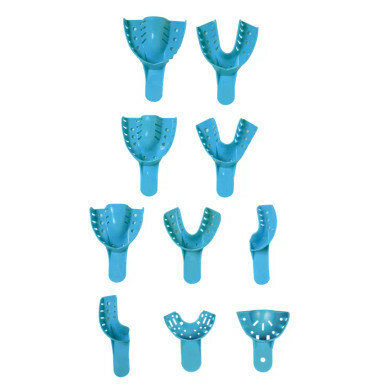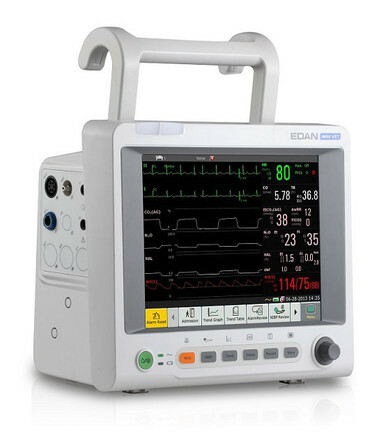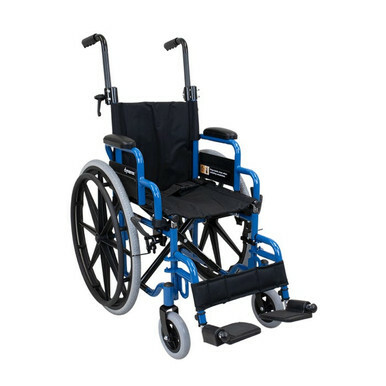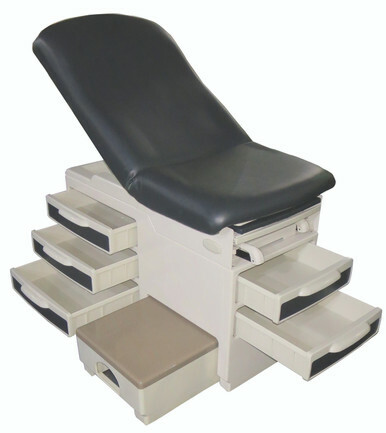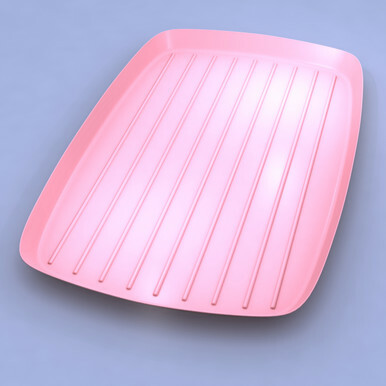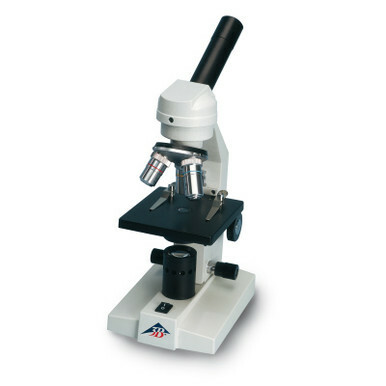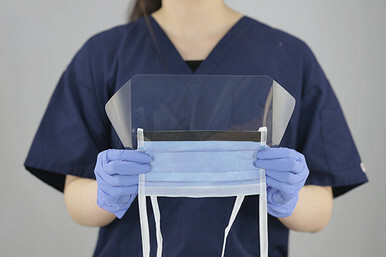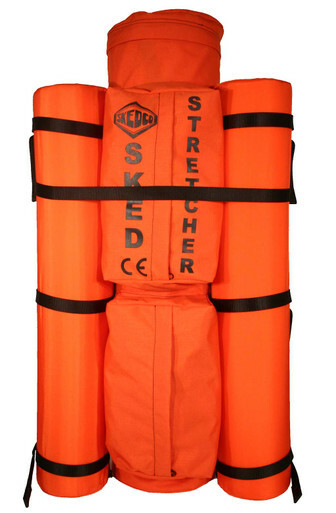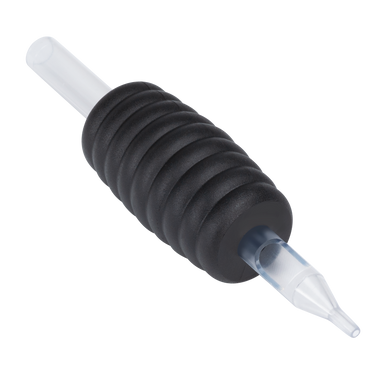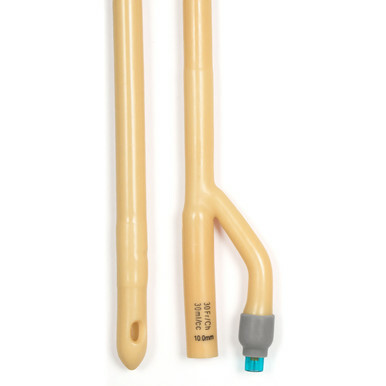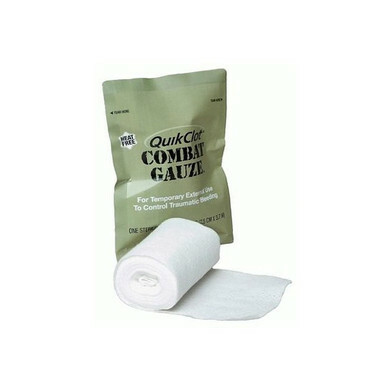Forceps: The Precision Instruments Shaping Medical Procedures
Posted by EMRN on 7th Nov 2023
In the world of medical procedures, precision and control are paramount. To ensure the successful outcome of surgeries and various medical interventions, healthcare professionals rely on a variety of specialized tools and instruments. Among these tools, forceps take center stage. These versatile, pincer-like instruments come in a multitude of shapes and sizes, each designed for specific purposes. In this blog post, we will delve into the fascinating world of forceps, exploring their history, types, and the vital role they play in modern medicine.
The History of Forceps
The word "forceps" is derived from the Latin word "forca," which means a pair of tongs or pincers. Forceps have a rich history dating back to ancient civilizations. The first recorded use of forceps in medical procedures dates to ancient Egypt, where they were employed for tasks like tooth extraction. Over the centuries, forceps have evolved and become more specialized, making them indispensable tools in the medical field.
Types of Forceps
Forceps come in a wide variety of types, each with its own unique design and purpose. Here are some of the most common types:
- Surgical Forceps: These are used in surgical procedures to grasp, hold, or manipulate tissues, sutures, or other objects. There are specialized forceps for delicate tasks like microsurgery and others designed for more robust procedures.
- Hemostatic Forceps: These forceps have a locking mechanism that allows them to clamp onto blood vessels to control bleeding during surgery. They come in various shapes, such as mosquito and Kelly forceps.
- Dental Forceps: These are specifically designed for extracting teeth. Dental forceps come in an array of shapes and sizes to accommodate various types of teeth and extraction techniques.
- Obstetrical Forceps: Obstetricians use these forceps during childbirth to assist with the delivery of the baby's head. They are designed to grip the baby's head without causing harm to either the baby or the mother.
- Thumb Forceps: Also known as tissue forceps, these are designed with a locking mechanism to hold tissues or objects securely. They are commonly used in procedures like suturing and dissection.
- Alligator Forceps: These forceps have serrated jaws shaped like an alligator's mouth. They are often used in endoscopy procedures to grasp foreign objects or tissue samples.
The Role of Forceps in Modern Medicine
Forceps are instrumental in various medical fields and are used for a multitude of purposes:
- Surgery: Surgical forceps play a central role in surgeries of all kinds, from minor procedures to complex operations. They are essential tools for precision and control during tissue manipulation and suturing.
- Dentistry: Dental forceps are vital for tooth extractions and other dental procedures.
- Labor and Delivery: Obstetrical forceps are occasionally used during childbirth to assist with safe and controlled delivery.
- Endoscopy: Forceps are employed in endoscopic procedures to retrieve samples or remove foreign objects.
- Hemostasis: Hemostatic forceps are crucial in controlling bleeding during surgery, reducing the risk of complications.
Conclusion
Forceps are not just tools; they are precision instruments that are vital to the success of countless medical procedures. Their historical significance and ever-evolving designs reflect their importance in modern medicine. Whether in surgery, dentistry, obstetrics, or various other medical fields, forceps are the unsung heroes that enable healthcare professionals to achieve the utmost precision and control, ultimately contributing to better patient outcomes and the advancement of medical science.



























